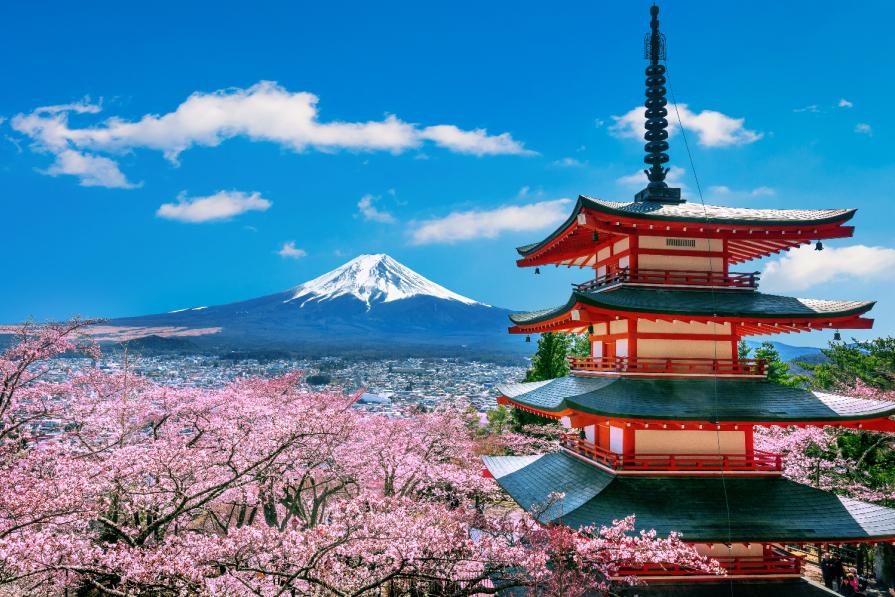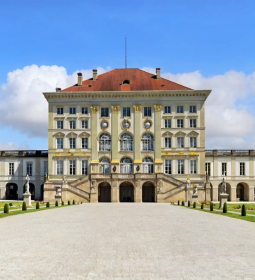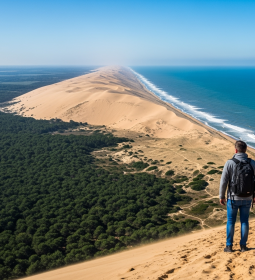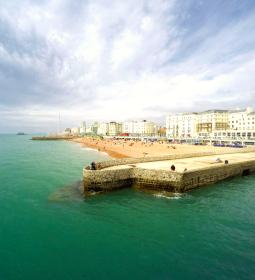Japan is now one of the most interesting destinations for many travelers. The country is very interesting, colorful and diverse, there are many different locations that allow you to enjoy the original history and culture or, on the contrary, dissolve in a modern globalized metropolis.
Let's talk about several such locations - at first glance not obvious, but very attractive precisely because they are not very promoted and popular with tourists. Not very promoted yet, hurry up!
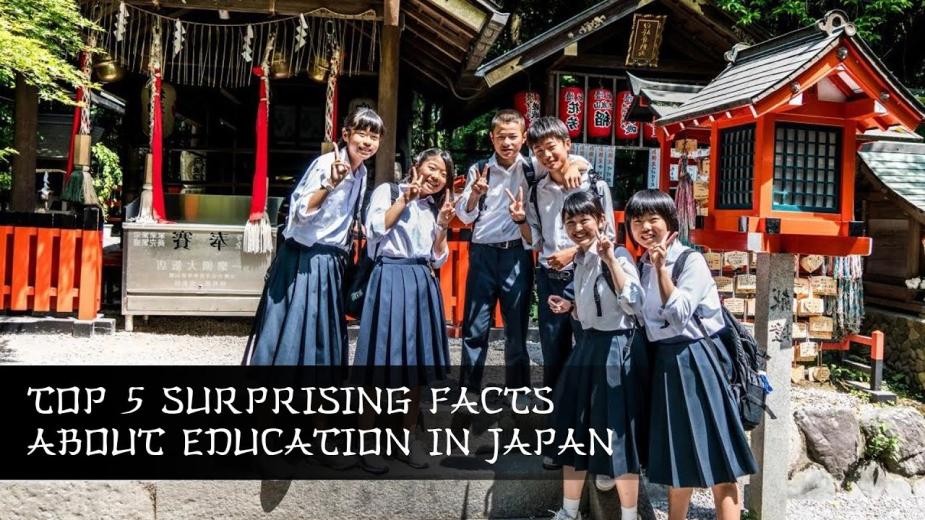
Izu Peninsula, where you can see capybaras bathing
Izu is one of the famous Japanese film locations: it appeared in the series Shogun. This quiet and cozy peninsula near the Japanese capital is the pearl of the Tokyo region, a great option for those whose plans do not include an accelerated jog to Japanese sights, but a thoughtful, relaxing vacation.
One of the "chips" of Izu is hot springs with baths and hotels, or onsen. Onsen, by the way, were one of the first purely tourist sites in this part of the world: they were opened along the well-known Japanese roads precisely so that from city to city travelers had something to see, where to spend the night, what to eat and what to do on the road.
There are more than three hundred springs on Izu: from modest ones, which are nothing more than a vat of mineral water, to luxurious baths, worthy of competing with the Roman baths.

Those who come here in the autumn-winter period (approximately from the end of October to mid-April) may find it curious to visit Izu Shaboten Park. This is also a kind of onsen, only not for people, but for capybaras. These cute animals bask in hot water, and for greater joy, various unusual ingredients, mainly edible, are added to the water. A very nice sight!
Kamakura Ancient Samurai City
Another location on the Pacific coast. In appearance, it is no different from any village with traditional architecture, but in fact it is the first capital of the Japanese samurai - until the middle of the XIV century, during the heyday of the power of the shoguns from the Minamoto dynasty, the city was a very important political center of the Sun Empire.
Interest in it began to revive again in the 19th and 20th centuries, after the country opened up to the outside world, and power was returned by the shoguns to Emperor Meiji. True, the samurai ceased to be a military class, but for the intellectual and creative elite of the country, the city became simply irreplaceable. On the one hand, it is quiet and calm here, and on the other hand, it was possible to get to the capital by train in a matter of hours (and now in a few minutes, since the speed of railway communication has increased many times over the past century and a half).
What to do here? You can take a look at the second largest statue of Buddha on the Japanese islands, drink a cup of tea in a bamboo grove near the Hokokuji Temple - a traditional entertainment of Japanese bohemia since the late 70s of the XIX century.
Shirakawa is a village on the UNESCO heritage list
To get here, you first need to get to the town of Kanazawa, and this is the capital of Japanese seafood: in the local markets there is literally everything that has ever floated in the thickness of the Pacific waters or lay on the seabed. When you're satiated, head further afield, as Sirakawa is connected to the city by bus.
On the one hand, this place is prayerful, popular with tourists, and on the other hand, it is authentic: it was not rebuilt to attract hordes of gaijin (that is, you and me), everything here looks exactly the same as three or four centuries ago.

Shirakawa is conveniently used as a stopover on your way to Nagoya, where you'll want to stop by to see the impressive science museum and the magnificent castle, which was rebuilt after the horrific bombing raids of World War II.
Another interesting track location is Karuizawa. This is also an authentic village, but not Japanese, but pan-European. This is how the ideal of a European vacation is imagined in Japan, so there are Swiss chalets, half-timbered houses, as in Bavaria or Franconia, and an indispensable ski lift.
Okunoshima is a whole island of wild rabbits
You are probably aware of the Japanese love for cats. What about rabbits? In Japan, there is a whole island densely populated by rabbits! There is an urban legend that all the fluffy animals that inhabit Okunoshima today are descendants of experimental animals kept during the war in laboratories at the local chemical factory.

It is difficult to say how much truth and how much lies in this legend. Skeptics believe that in fact, most of it was brought here by the Japanese, who feared the degeneration of the rabbit population. But the rabbit population of an entire continent - Australia - comes from half a dozen animals that accidentally appeared on the loose 140 years ago, so why shouldn't the Okunoshima rodents be related to each other?
Already in the 1960s, the island became a popular tourist location, where colorful fluffy animals run among the ruins of fortifications of the Second World War, boldly looking into the local hotel and even the museum of poison gases. At the same time, they are not afraid of people at all, and why would they? If there were an interspecies conflict on Okunoshima, the rodents would take it simply due to the number and speed of reproduction!
Naoshima Conservation Island of Contemporary Art
Being in the country of islands and knowing about the existence of the island of cats and the island of rabbits, it would be ridiculous not to believe in the island of modern art. Such an island really exists: on Naoshima, with the money of one of the Japanese nouveau riche, the Benesse Art Site was built - a hotel, a sculpture park and four full-fledged museums, among which the main one is, of course, the Museum of Modern Art.

On the island, almost completely rebuilt by the star of Japanese architecture Tadao Ando, the works of the American Warhol, the British artist Hockney and dozens of other masters of minds from Europe and Asia are organically placed. The islet is small, connected to the local village of Uno by ferry. You can get around it in half a day, but there is still a hotel and a taxi company with a single crew at the service of tourists (the driver is rumored to be an excellent guide and a connoisseur of Japanese anecdote, which in itself is worth mentioning!).
Okinawa – "occupied Maldives"
The islet is a legacy inherited by Japan from the ancient Ryukyu Kingdom, the first to fall victim to Japanese aggression in the 19th century. It is located halfway between Japan and Taiwan and has managed to retain a certain degree of originality despite intensive colonization and an American military base located on the best local lands.
The island is surrounded by an archipelago of almost uninhabited small but very picturesque islets, connected by several types of high-speed ferries. It's a great opportunity to sit on the soft, silky sand under the gentle rays of the Japanese sun — and without the slightest sign of competition, because the Japanese themselves don't like to swim in salt water.

